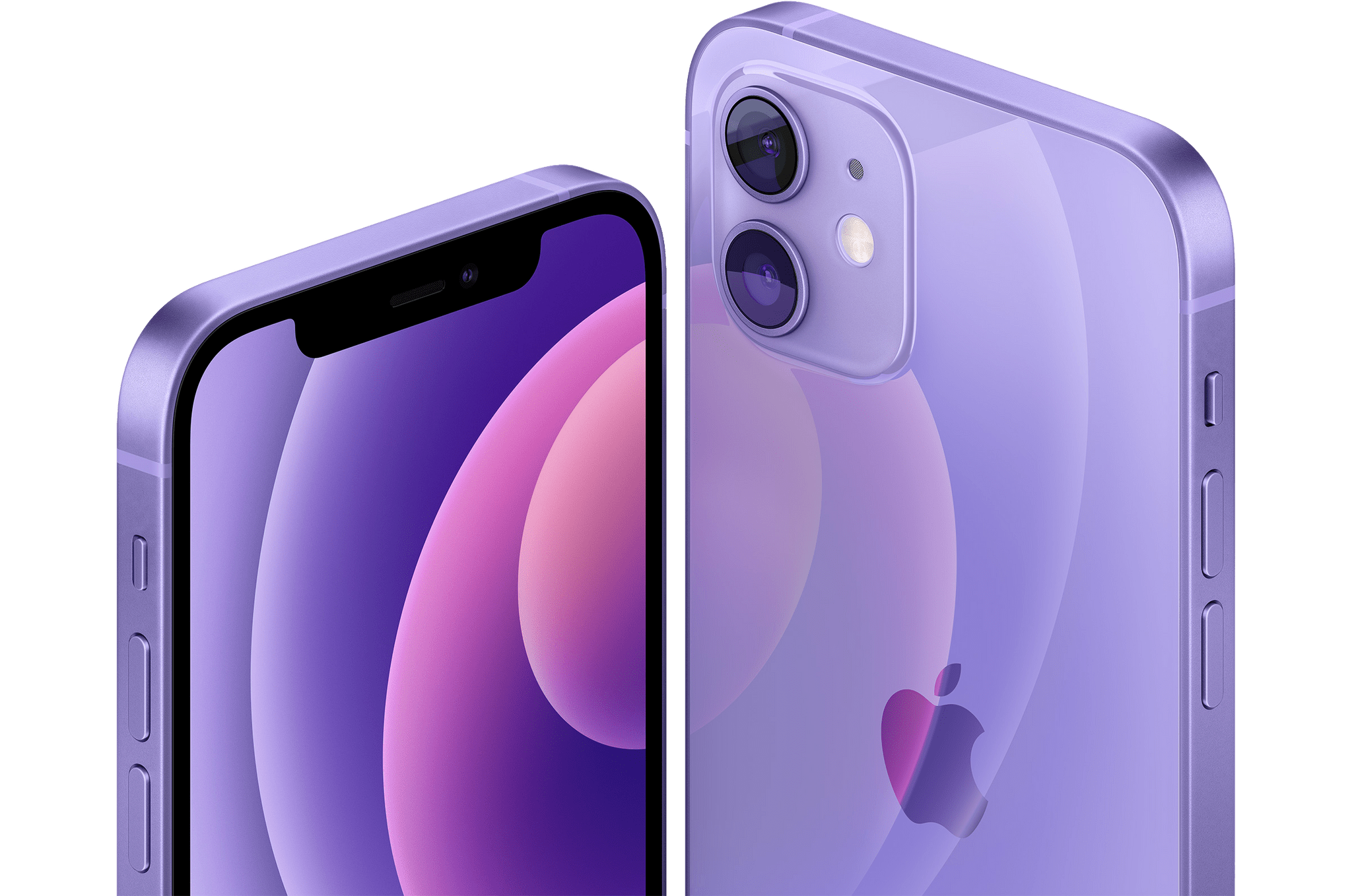

The smallest drive we recommend is 500 GB, but we suggest that option only if you’re already archiving video projects on external hard drives or a network-attached storage system. Storage: Most new laptops use fast NVMe drives, so you’re just shopping for how much storage you need.However, if your projects contain dozens of gigabytes of video, you should upgrade to 32 GB.

Memory: On both Windows and Mac laptops, we recommend a baseline 16 GB of RAM for photo and video work.

Even higher-end GPUs tend to ship in gaming laptops that are typically heavier, bulkier, and louder than the ultrabooks we consider for this guide. Laptops with Nvidia’s latest RTX line of graphics cards have become cheaper and easier to find, so in our latest round we tested laptops with RTX 3050 to RTX 3060 Ti graphics. Since 2020, creative-software giant Adobe has worked to expand how GPUs can speed up editing tasks in its Premiere video-editing software, making exports up to five times faster than in previous versions of the software.


 0 kommentar(er)
0 kommentar(er)
